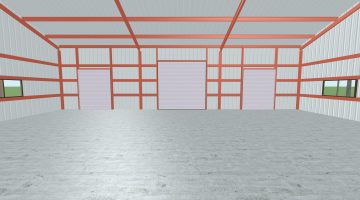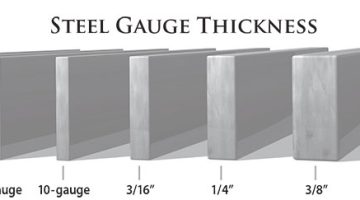
Introduction
Roofing, a fundamental aspect of architectural design, has evolved significantly over the ages. From humble beginnings of thatched roofs to the advanced materials and techniques of modern times, roofing has played a crucial role in providing shelter and protection against the elements. This essay explores the history of roofing, tracing its development through different civilizations and eras, highlighting the innovations that have shaped the roofs over our heads.
I. Ancient Beginnings
The origins of roofing can be traced back to ancient civilizations, where people sought shelter from the elements. Early roofs were simple structures made from readily available materials. In ancient Egypt, for example, homes were often topped with flat roofs constructed from sun-dried mud bricks or logs. Thatched roofs made from local vegetation were also common in many ancient cultures, including Mesopotamia and early European settlements.
II. Roman Advancements
The Romans made significant contributions to the evolution of roofing. Their use of concrete and the invention of the arch allowed for the construction of complex roofing systems, such as the iconic domed roofs of the Pantheon. Roman engineers also developed the concept of aqueducts and drainage systems to manage rainwater, a feature that would become integral to roofing design in later eras.
III. Medieval Europe
In medieval Europe, the development of roofing techniques was influenced by available materials and climate conditions. Timber-framed roofs with steep pitches became prevalent to shed snow and rain efficiently. Thatched roofs remained common among peasants, while nobility favored more elaborate roofing materials like lead, copper, and wooden shingles. The Gothic architecture of the Middle Ages brought about the innovation of intricate vaulted stone ceilings and ribbed roofs, showcasing both aesthetic and structural advancements.
IV. Renaissance and Beyond
The Renaissance period saw a revival of classical architecture, which impacted roofing design. Grand buildings featured domes, cupolas, and ornate gables. The use of slate and clay tiles became popular during this time, providing durable and aesthetically pleasing roofing options. Innovations in glassmaking also gave rise to skylights and dormer windows, enhancing both natural lighting and ventilation in buildings.
V. Industrial Revolution and Modernization
The Industrial Revolution transformed roofing with the introduction of new materials and manufacturing techniques. The production of steel and iron enabled the construction of large-span roofs, like the iconic train stations of the 19th century. Asphalt shingles, a more affordable and durable roofing material, became widely used in residential construction during this period.
VI. 20th Century and Beyond
The 20th century marked a period of rapid innovation in roofing technology. The development of synthetic roofing materials, such as fiberglass and rubber, provided increased durability and weather resistance. The emergence of green roofing and solar panels demonstrated a growing emphasis on sustainability and energy efficiency in roofing design.
Today, roofing materials have continued to evolve with the introduction of advanced options like metal roofing, cool roofing, and even living roofs. Modern roofing systems incorporate cutting-edge technologies like computer-aided design (CAD) and building-integrated photovoltaics (BIPV) to optimize functionality and energy efficiency.
Conclusion
Roofing has come a long way from its humble beginnings as thatched shelters in ancient civilizations. Through the ages, roofing has evolved in response to technological advancements, available materials, and architectural preferences. From the awe-inspiring domes of the Roman Pantheon to the sustainable living roofs of the 21st century, roofing has remained a critical element of architectural design, providing shelter and protection while showcasing the ingenuity and innovation of human civilization. As we look to the future, roofing will continue to adapt to meet the changing needs of society, combining aesthetics, functionality, and sustainability in new and exciting ways.











